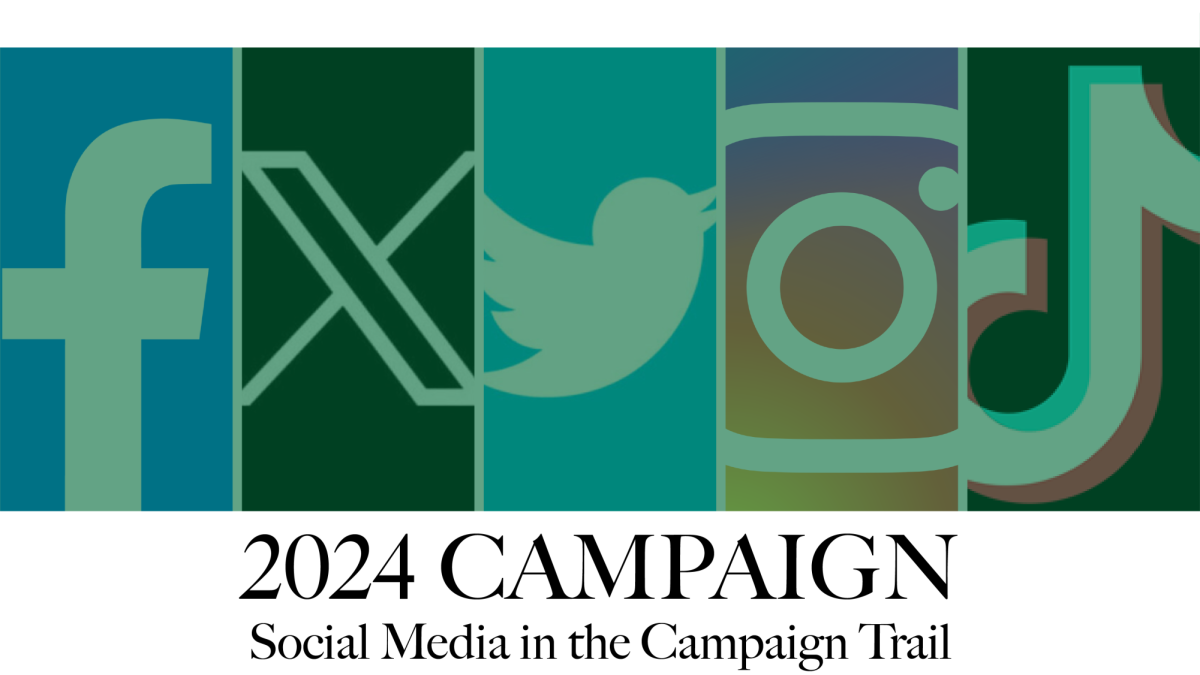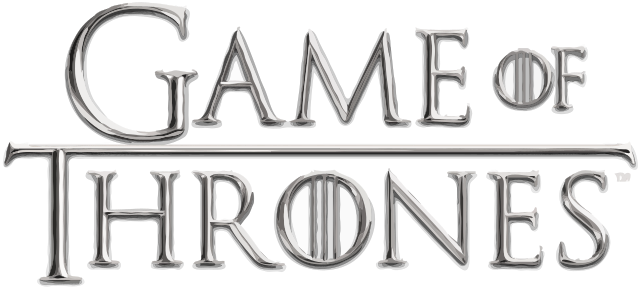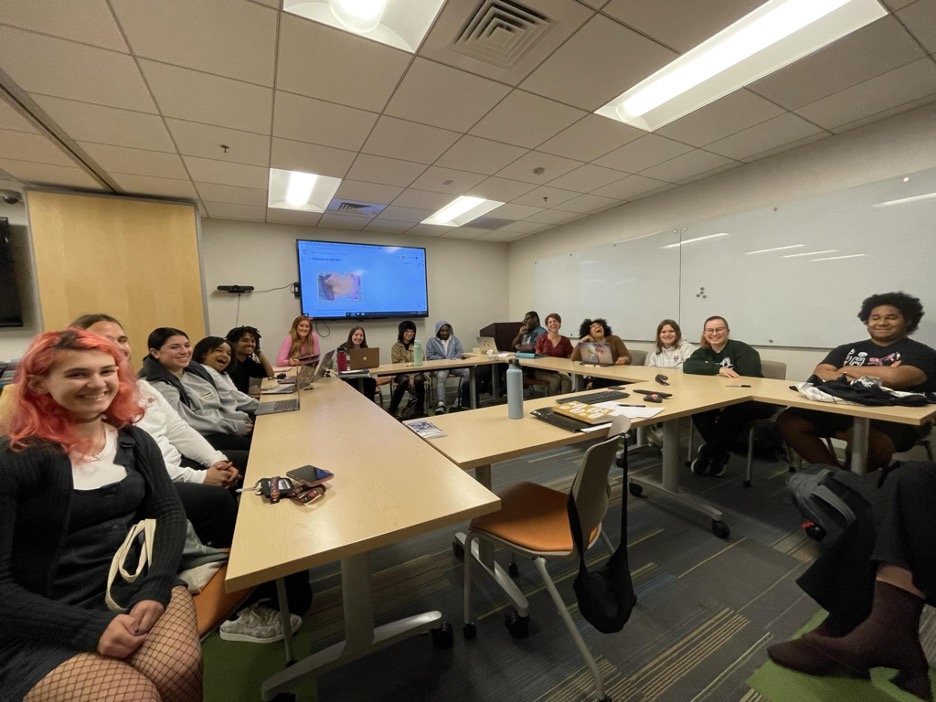News coverage has long been criticized for being too biased or too sensationalist in an attempt to garner a larger and more monetarily sound audience. One of the more elusive and subtle aspects of such coverage is that the bias is not only in the style of coverage, but the language itself.
“Yellow journalism” is a term generally used to refer to sensationalist news printed in the early 20th century, and as this particular writer has noted before, it is a term still relevant today. But one of the most crucial elements of the style, which is rarely even discussed anymore, is the specific use of language describing a sensationalist or controversial topic, rather than the slant on the topic itself. This sort of approach is now most commonly attributed to sites such as Buzzfeed, which generally tries to convince its viewers that quite nearly everything can be diluted down into “Shocking!” lists, but when applied to biased news coverage, the effect can be much more damaging as it is deliberately manipulative to the reader.
Bias generally results from the mindset of the author, who by definition of having cognitive functions has an opinion, which colors his writing. A more insidious aspect of bias, which is rarely discussed, lies within wordplay. One of the reasons for a language to possess a diverse range of words is to convey a similar meaning, such as “similar” and “alike,” is so that specificity of subtly diverse ideas and sentiments can be conveyed. In the same way that one can be specific so that the reader can better understand the concept or event being discussed, adjectives, especially those describing actions or stances, can be selectively chosen to paint someone or something in a partisan manner.
Consider the circumstance of the Kim Davis story. The basic facts of the initial case, in the most objective way this writer can attempt to describe them, are: a Kentucky County Clerk refused to issue same-sex marriage licenses on the grounds that doing so would violate her religious freedoms. There were of course other details that arose, as well as the ensuing legal battle, but consider the initial case for a minute. While the early coverage did contain objective statements similar to the one mentioned earlier, a good deal of the coverage did not revolve around these simple facts, rather reports were riddled with bias phrases. Those in support of her would claim that she is “standing up for religious freedom,” while those in opposition claim she is “standing in the way of progress.” Regardless of where one stands on this issue, the fact is that bias was mixed with facts.
This kind of journalism tends to be more prevalent in analysis pieces, which are often expected to be slightly opinionated, but even so these articles have more provocative and slighted language than would seem fair.
Much in the same way that individuals try to control the connotations of words like “conservative,” “liberal,” “progress,” or “values”, to fit their ideologies, bias can also be found in how actions are described. A “smack down” on one side can be viewed as a “vicious attack” by its opposition. One man’s “fighting back” is another’s “lashes out.” The problem isn’t necessarily that these articles exist or that they use language that favors them, but that it is done in such a way that the author goes beyond persuasion and into manipulation, using weighted terms and phrases to describe the facts .
This writer would certainly seem hypocritical if he were to claim that analysis pieces couldn’t possess slants or opinions , and the use of provocative language will certainly always be a part of that, but it has become all too clear that the language used today goes far beyond reasonable persuasiveness. It now serves to engage the reader by actively enraging or terrifying them, far more than is necessary. It would be easy to blame this trend on the proliferation of the Internet and the perceived “dumbing down” of content, but it is important to remember that this similar problem existed in the days when yellow journalism was the item of the day, and it has become increasingly clear, that such a term is still oh so relevant today.












































































































Jeff White • Sep 29, 2015 at 3:01 pm
I rated this a zero because the light-grey on white type is impossible to read.
Katelyn Barone • Oct 6, 2015 at 9:09 pm
Thank you for sharing your thoughts with us, we’ll have to consider an alternative for this issue!